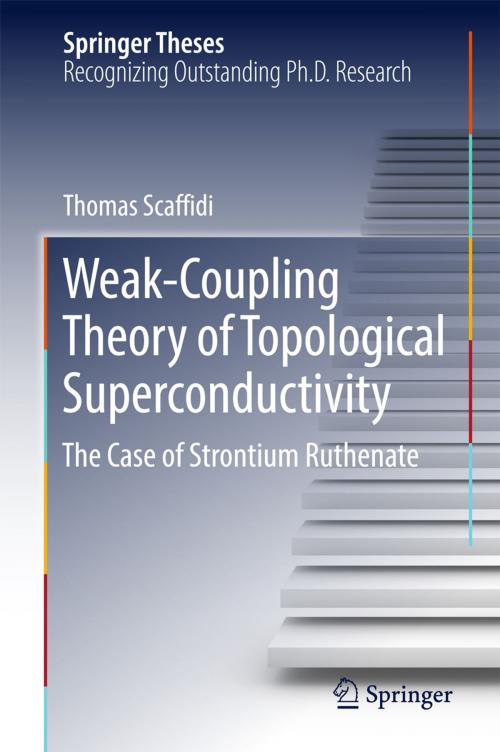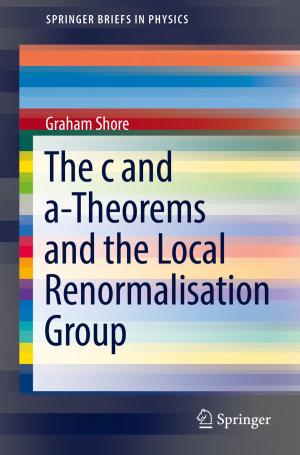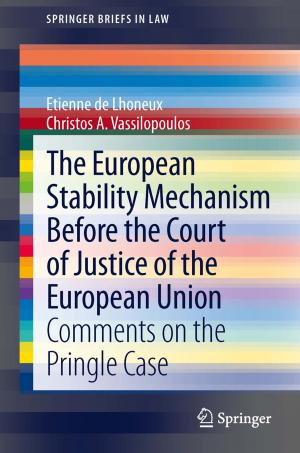Weak-Coupling Theory of Topological Superconductivity
The Case of Strontium Ruthenate
Nonfiction, Science & Nature, Technology, Superconductors & Superconductivity, Science, Physics, Mathematical Physics| Author: | Thomas Scaffidi | ISBN: | 9783319628677 |
| Publisher: | Springer International Publishing | Publication: | July 25, 2017 |
| Imprint: | Springer | Language: | English |
| Author: | Thomas Scaffidi |
| ISBN: | 9783319628677 |
| Publisher: | Springer International Publishing |
| Publication: | July 25, 2017 |
| Imprint: | Springer |
| Language: | English |
This thesis sheds important new light on the puzzling properties of Strontium Ruthenate. Using a sophisticated weak-coupling approach, exact within certain limits, it shows that proper treatment of spin-orbit and multi-band effects is crucial to the physics. Based on the results of these calculations, it resolves a crucial, long-standing puzzle in the field: It demonstrates why the experimentally observed time-reversal breaking is not incompatible with the observed lack of measurable edge currents. Lastly, the thesis makes predictions for the properties of the material under uniaxial strain, which are in good agreement with recent experiments —resolving the mystery of the so-called 3K phase, and suggesting the intriguing possibility that under strain the superconductor may become conventional.
This thesis sheds important new light on the puzzling properties of Strontium Ruthenate. Using a sophisticated weak-coupling approach, exact within certain limits, it shows that proper treatment of spin-orbit and multi-band effects is crucial to the physics. Based on the results of these calculations, it resolves a crucial, long-standing puzzle in the field: It demonstrates why the experimentally observed time-reversal breaking is not incompatible with the observed lack of measurable edge currents. Lastly, the thesis makes predictions for the properties of the material under uniaxial strain, which are in good agreement with recent experiments —resolving the mystery of the so-called 3K phase, and suggesting the intriguing possibility that under strain the superconductor may become conventional.















